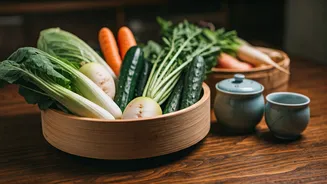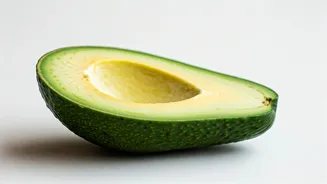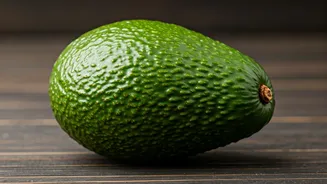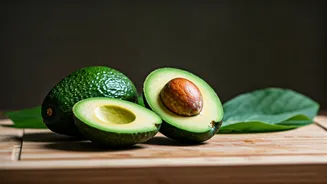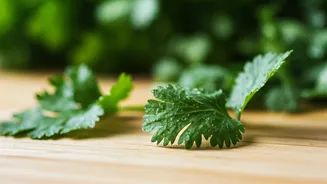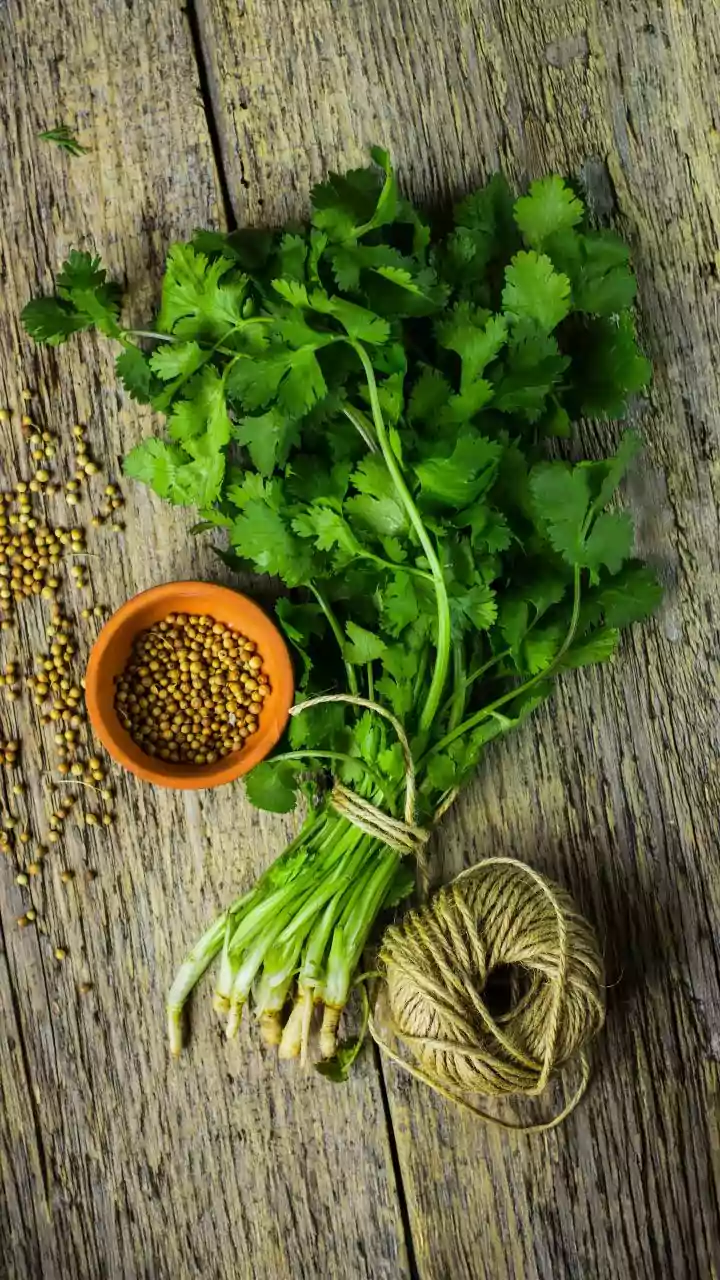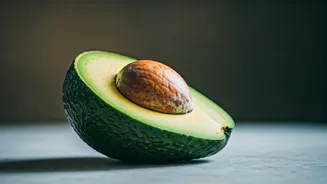Embrace Optimal Temperature
The cornerstone of preserving vegetables' freshness lies in temperature control. The Japanese understand this implicitly, so they adopt methods to store
their fresh produce at the correct temperature. Root vegetables, like potatoes and carrots, are best kept in a cool, dark place, such as a cellar or a well-ventilated pantry. Green leafy vegetables, on the other hand, benefit from the cooler environment of the refrigerator, especially the crisper drawer. This strategic placement ensures that each type of vegetable is stored in its ideal climate, thereby slowing down the processes that lead to spoilage and maintaining their nutritional value, texture, and flavor for a more extended period. This method aligns perfectly with the goal of reducing food waste and making the most of your grocery purchases.
Humidity Control is Key
Regulating humidity levels is another pivotal aspect of Japanese vegetable storage wisdom. For vegetables, excess moisture is a harbinger of decay, potentially fostering mold and accelerating spoilage. A simple yet effective strategy is to wrap vegetables in paper towels before storing them in the refrigerator. The paper towels absorb excess moisture, thus creating a drier environment that prevents vegetables from deteriorating too quickly. For root vegetables that require less moisture, it is crucial to avoid washing them before storage; any adhering dirt can be gently brushed off. This helps avoid premature softening. Moreover, storing vegetables in the correct compartment of the refrigerator, often the crisper drawer, which is designed to regulate moisture, further enhances their longevity. This method extends the lifespan of vegetables and reduces the frequency of grocery trips, which is a key tenet of efficient kitchen management.
The Power of Ventilation
Ventilation is an often-overlooked yet crucial element in the Japanese approach to vegetable preservation. Ensuring that vegetables have adequate airflow minimizes the buildup of ethylene gas, a natural compound released by some produce that can accelerate the ripening and deterioration of other vegetables. The Japanese often use containers or storage solutions that promote good air circulation, like bamboo baskets or containers with ventilation holes. When storing vegetables in the refrigerator, avoid overcrowding the compartments and instead allow sufficient space between items. This promotes airflow and reduces the risk of moisture buildup, which can foster spoilage. Also, the use of breathable materials like cotton bags can provide a suitable storage solution for vegetables, preventing condensation and preserving the freshness of the produce. Ventilation is not just about keeping the vegetables fresh; it is also about preventing the spread of mold and ensuring that the flavors and textures remain intact.
Embrace Bamboo Baskets
Bamboo baskets are a staple in Japanese kitchens, and their utility extends far beyond mere aesthetic appeal. These baskets are favored for storing vegetables because they offer excellent ventilation, which prevents the buildup of moisture and reduces the risk of spoilage. The porous nature of bamboo allows air to circulate freely around the vegetables, minimizing ethylene gas and slowing down the ripening process. Furthermore, bamboo baskets add a touch of natural elegance to the kitchen and seamlessly blend into a sustainable lifestyle. By choosing bamboo baskets over plastic containers, one can significantly lessen environmental impact, while effectively keeping vegetables fresh. The open weave design provides a perfect storage solution that is both practical and stylish, allowing for a clutter-free and efficient kitchen space.
Use Paper Towels Wisely
Paper towels are a simple yet profoundly effective tool in the Japanese arsenal of vegetable preservation techniques. They act as a moisture barrier, absorbing excess water that can lead to rapid deterioration and mold growth. When storing vegetables in the refrigerator, wrapping them individually or placing a layer of paper towels inside the storage container is a simple step with significant benefits. This prevents moisture from accumulating and prolongs the shelf life of the vegetables. The use of paper towels is particularly beneficial for delicate greens, such as lettuce and spinach, which are susceptible to wilting if stored in damp conditions. By incorporating paper towels, you can safeguard the vegetables’ crispness and prevent premature spoilage. This is a cost-effective and easy-to-implement strategy that makes the most of the resources available while minimizing food waste.
Embrace Root Cellars
Root cellars are a traditional Japanese method of storing root vegetables, which involves creating a cool, dark, and humid environment that is ideal for preservation. This is a practice that dates back centuries, reflecting a deep understanding of how to store fresh produce without the need for modern refrigeration. Root cellars usually involve underground spaces or specially constructed structures that maintain a consistent temperature, which is significantly lower than room temperature, and moderate humidity levels. This environment slows down the metabolic processes that lead to spoilage, effectively extending the lifespan of root vegetables such as carrots, potatoes, and turnips. The benefits of using a root cellar include the ability to store large quantities of vegetables for several months and reduce reliance on electricity, making it an eco-friendly choice.
Use Cotton or Linen
Embracing natural, breathable materials like cotton or linen is another key facet of the Japanese approach to vegetable storage. These fabrics allow air to circulate freely around the vegetables, minimizing moisture buildup and preventing premature spoilage. When storing vegetables, wrapping them in cotton or linen cloths creates a protective barrier that shields them from direct contact with the refrigerator environment, thus extending their shelf life. This method is particularly effective for storing leafy greens and herbs, which are prone to wilting. The use of cotton or linen bags also allows for efficient storage and is easily washable and reusable, making it an eco-friendly and sustainable alternative to single-use plastics. Using natural materials aligns with a more environmentally conscious way of life, aligning with the principles of reducing waste and preserving food.
Optimal Vegetable Grouping
Understanding the compatibility of different vegetables is another essential aspect of Japanese food storage. Certain vegetables emit ethylene gas, which can accelerate the ripening and spoilage of other produce. Knowing which vegetables to keep together and which to separate can significantly extend the freshness of your groceries. Vegetables like apples and bananas produce high amounts of ethylene and should be stored away from sensitive produce. The Japanese often separate different types of vegetables to prevent cross-contamination of gases and maintain the optimal freshness of each item. A general guideline is to store fruits and vegetables separately, and within the refrigerator, keep ethylene-producing items away from ethylene-sensitive ones. Implementing this simple technique can significantly reduce food waste and help you make the most of your grocery purchases. This meticulous approach to storage showcases a keen awareness of how nature works and a practical application of this knowledge to everyday living.
